Convertible Ultrabooks are designed to merge the productive capabilities of a notebook and the convenience of a tablet into one seamless device. Some of these machines can detach, twist, turn, rotate, and bend, but not all of them has the looks to back it up. For that, we compiled a list of the coolest-looking convertible ultrabooks to date.
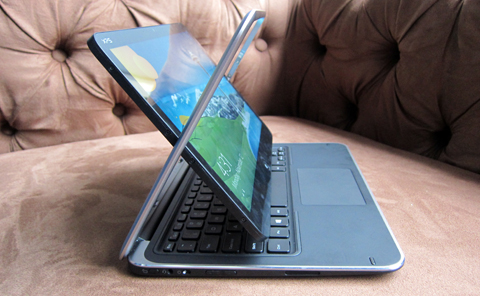
We begin the list with Dell’s XPS 12. Locally introduced in November last year, this sleek convertible Ultrabook sports a 12.6-inch full HD IPS display with Gorilla Glass, backlit keyboards, aluminum body and carbon fiber lid. But what makes the XPS 12 standout is the way it transforms into a tablet via its aluminum flip hinge found on both sides of the display. Just give it a push, flip, then fold and you’re good to go.
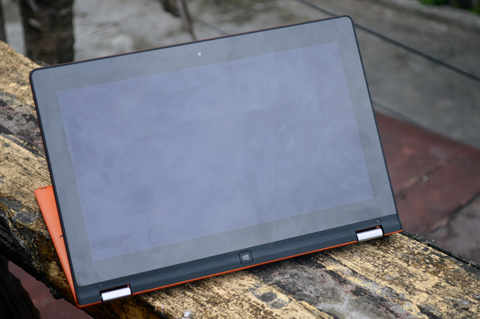
Lenovo Ideapad Yoga
Next up is Lenovo’s Ideapad Yoga. For this one we’re going to refer to the Yoga 11S which we reviewed last month. It has an 11.6-inch IPS touch screen display and a body coated in semi-rubbery finish. Lenovo is also offering it in orange so it’s already eye-catching at this point. What’s going to turn heads though is the display’s bending abilities that folds all the way back, hence the ‘Yoga’ monicker.
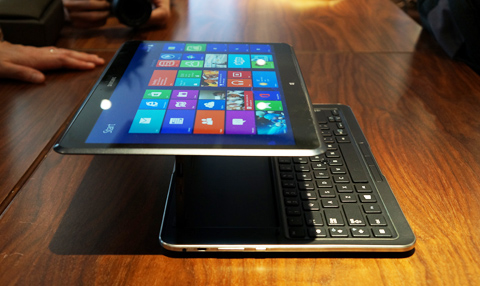
One of Samsung’s latest hybrid offering is the ATIV Q. It has a 13.3-inch 3200 x 1800 touchscreen display and sleek form factor. The ATIV Q utilizes a hinge and stand combo that lets the Ultrabook transform into 4 natural modes or positions — the tablet mode, notebook mode, floating mode, and a stand mode that lets the display flip backwards which is similar to what the Dell XPS 12 can do. In addition, the ATIV Q is dual-OS capable (Windows and Android) and comes with a Wacom pen.

If I already mentioned the word sleek in this list then it’s about time things get sleeker. The Sony VAIO Duo 13 builds on the strengths of the VAIO Duo 11 and now sports a 13-inch full HD IPS Tri-Luminous display in addition to its 19.5mm thin aluminum body. As for its notebook-to-tablet mechanism, Sony calls it the Surf Slider which works similar to the Samsung ATIV Q but with a narrower stand.
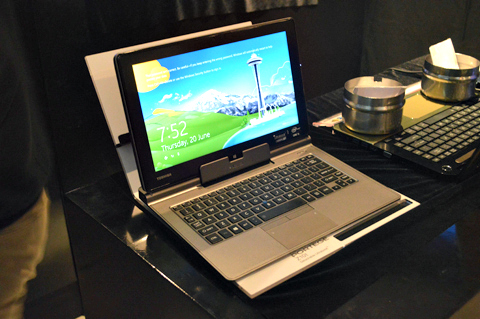
The Portege Z10t is one of the most recently introduced hybrid Ultrabook that implements a detachable design which is common in some high-end Android tablets. Simply put, if you want to use the Z10t as a tablet just detach the display from the keyboard dock and you now have Windows 8 slate that sports an 11.6-inch full HD IPS touch screen with anti-glare coating and Corning’s Concore Glass. As for the dock itself, the keyboard is backlit and spill resistant so you don’t have to worry about typing in the dark and spilling your coffee on it.
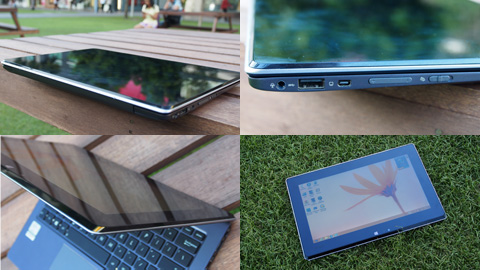
The Taichi is one of the most coveted hybrid Ultrabook when it was first unveiled at the Computex 2012. It sports an 11.6-inch IPS display, a premium aluminum build and inspired by the design of its Zenbook cousins. For the Taichi to become a tablet, ASUS went for the a more different route, forgoing any fancy mechanism and decided to equip it with an external touchscreen display instead. The advantage here is that the Taichi’s dual-screen can support simultaneous tasks at the same time. So let’s say while you’re typing something on MS Word, the display at the back can play a movie for someone else to watch.
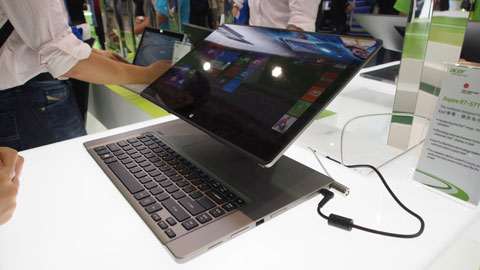
Saving the best for last is the Acer Aspire R7 that some would consider it worthy of being considered a Star Trek tech. Like the Samsung ATIV Q, the Aspire R7 can transform into four types of modes that takes advantage of its large 15.6-inch full HD touchscreen display – Notebook, Ezel, Pad, and Display. The only difference is that the R7 does it more beautifully thanks to Acer-patented Ezel hinge. To give you a better understanding watch this quick demo video below.
And that sums up our list. While these hybrid machines are already droolworthy, it’s not hard to think that better and more innovative machines are still on their way. So keep your eyes peeled for those.

YugaTech.com is the largest and longest-running technology site in the Philippines. Originally established in October 2002, the site was transformed into a full-fledged technology platform in 2005.
How to transfer, withdraw money from PayPal to GCash
Prices of Starlink satellite in the Philippines
Install Google GBox to Huawei smartphones
Pag-IBIG MP2 online application
How to check PhilHealth contributions online
How to find your SIM card serial number
Globe, PLDT, Converge, Sky: Unli fiber internet plans compared
10 biggest games in the Google Play Store
LTO periodic medical exam for 10-year licenses
Netflix codes to unlock hidden TV shows, movies
Apple, Asus, Cherry Mobile, Huawei, LG, Nokia, Oppo, Samsung, Sony, Vivo, Xiaomi, Lenovo, Infinix Mobile, Pocophone, Honor, iPhone, OnePlus, Tecno, Realme, HTC, Gionee, Kata, IQ00, Redmi, Razer, CloudFone, Motorola, Panasonic, TCL, Wiko
Best Android smartphones between PHP 20,000 - 25,000
Smartphones under PHP 10,000 in the Philippines
Smartphones under PHP 12K Philippines
Best smartphones for kids under PHP 7,000
Smartphones under PHP 15,000 in the Philippines
Best Android smartphones between PHP 15,000 - 20,000
Smartphones under PHP 20,000 in the Philippines
Most affordable 5G phones in the Philippines under PHP 20K
5G smartphones in the Philippines under PHP 16K
Smartphone pricelist Philippines 2024
Smartphone pricelist Philippines 2023
Smartphone pricelist Philippines 2022
Smartphone pricelist Philippines 2021
Smartphone pricelist Philippines 2020